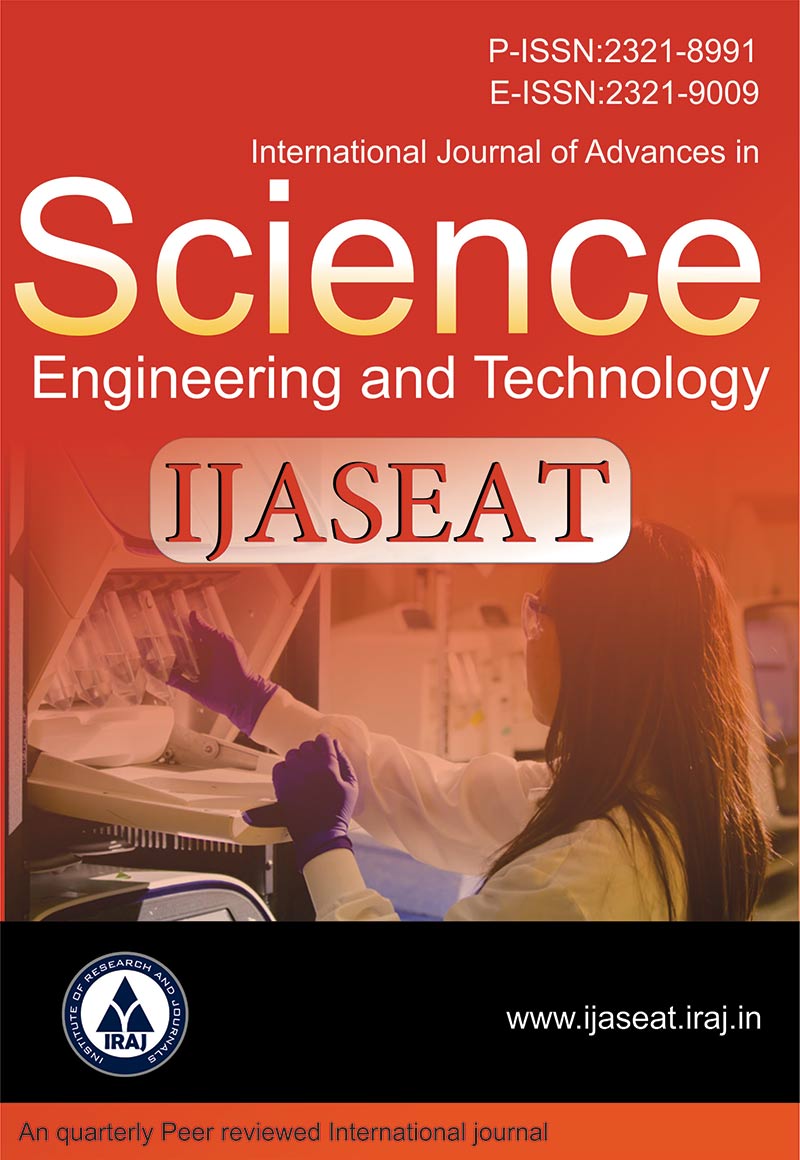Publish In |
International Journal of Advances in Science, Engineering and Technology(IJASEAT)-IJASEAT |
 Journal Home Volume Issue |
||||||||
Issue |
Volume-5, Issue-2, Spl. Iss-2 ( Jun, 2017 ) | |||||||||
Paper Title |
Efficient Solar Cell Design on Si for Environmental Challenge Mitigation | |||||||||
Author Name |
Bablu K. Ghosh, Aminul Islam, Ismail Saad1, Swapan K. Ghosh | |||||||||
Affilition |
EEE program, Faculty of Engineering, Energy Research Unit, Chemical Engineering program, Faculty of Engineering Department of Physics, Dhaka University, Bangladesh University Malaysia Sabah, 88400 Kota-kinabalu, Sabah, Malaysia | |||||||||
Pages |
39-42 | |||||||||
Abstract |
The renewable energy as energy mix with conventional power sources can contributes a lots to minimize environment CO2. Solar cell, the most attractive and sustainable renewable source is capable to grip this issue if it could provide sufficient efficiency. Currently 1.1 eV Si (silicon) solar photovoltaic (SPV) efficiency limitation and scope of hetero-junction tandem cell have driven SPV research towards advanced environmental friendly solar cell. Aims to efficient carrier transport properties, Si based advanced cell design using potential absorbing materials (higher permittivity) /cell has been widely investigated. Nearly current matching series cells configuration with higher absorption edge top cell design on silicon is essential for this drive. Si cell ultimate efficiency improvement if the thermalisation and optical band reflection effect could be minimized. Carrier capturing before thermalisation by employing ≤1.8 eV cell and its effective photonic conversion by III-Ns (InGaN) may progress efficiency. The μ-Si and a-Si as Si nanostructure was realized to enhance wide band absorption. But direct and wide band gap III- nitride advancement of carrier dynamics has key carrier transport properties over Si nanostructure. Therefore, novel III-N materials SPV technologies towards efficiency progression have been studied. Index Terms – Environment compatible, green nanostructure, tandem, InGaN, Si, SPV | |||||||||
| View Paper | ||||||||||